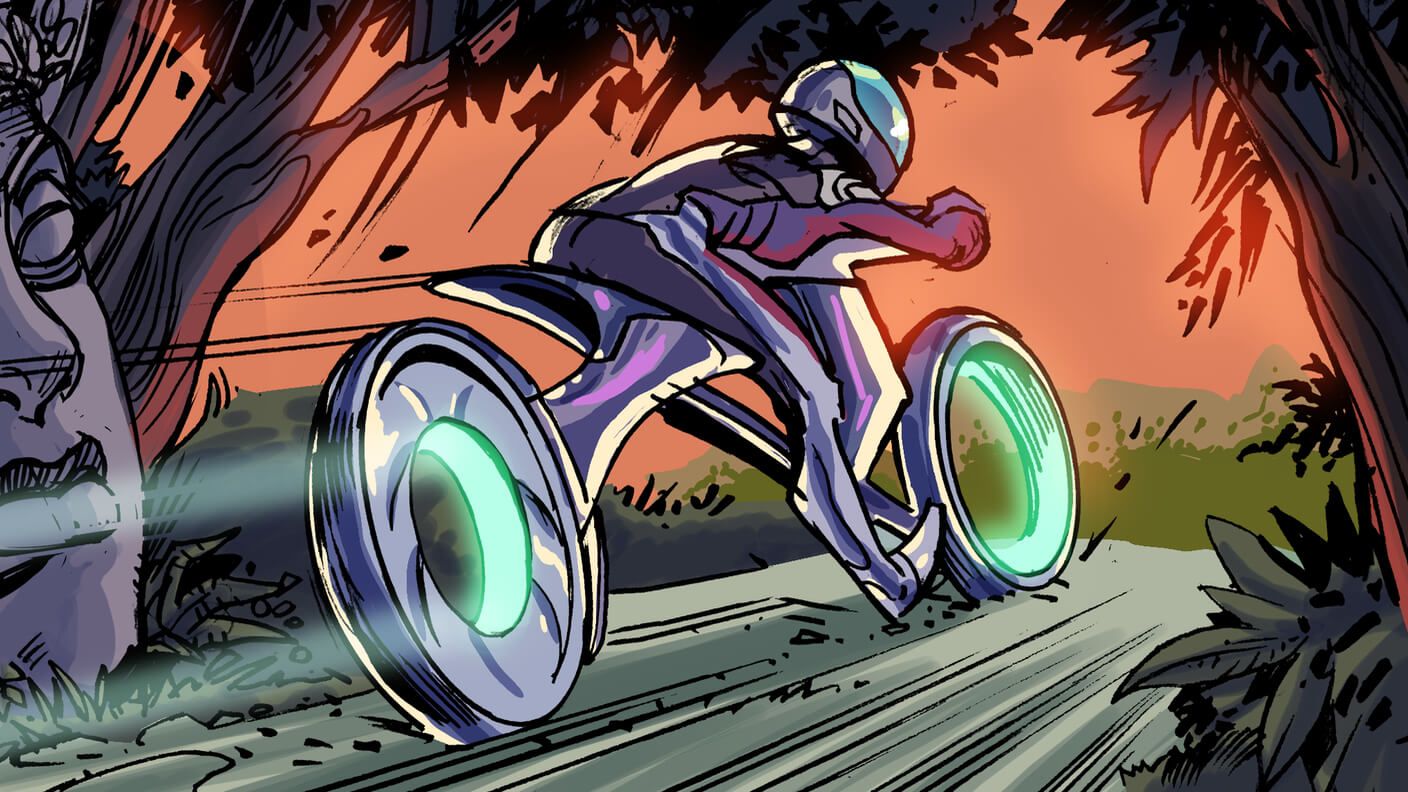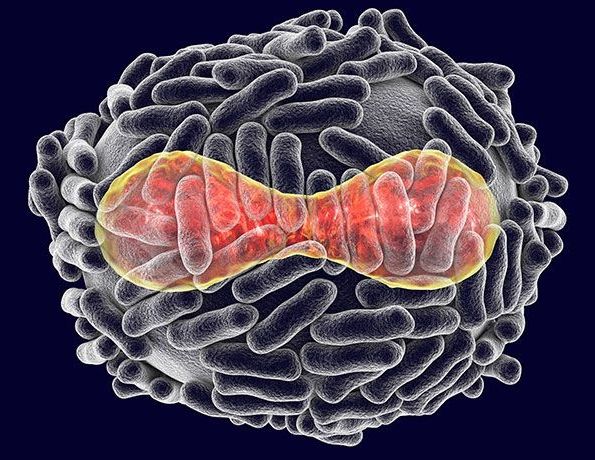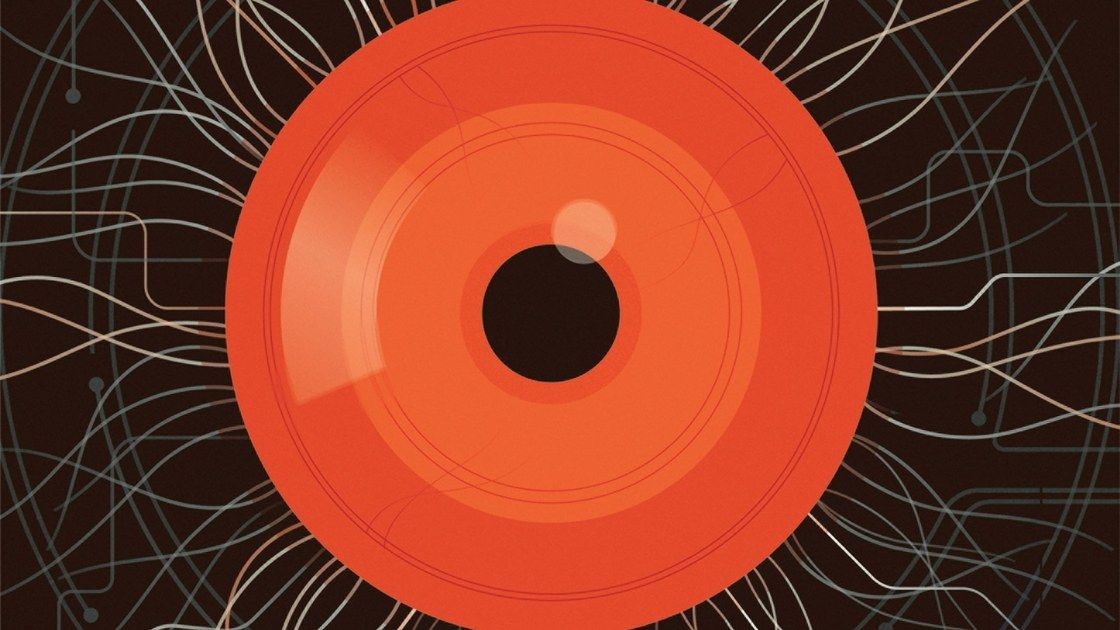Upcoming anti-viral medication for smallpox…
As bioterrorism fears grow, the first treatment for smallpox is nearing approval.
Called tecovirimat, the drug stops the variola virus, which causes smallpox, from sending out copies of itself and infecting other cells. “If the virus gets ahead of your immune system, you get sick,” says Dennis Hruby, the chief scientific officer of pharmaceutical company SIGA Technologies, which took part in developing the drug. “If you can slow the virus down, your immune system will get ahead.”
An advisory committee to the U.S. Food and Drug Administration unanimously recommended approval of tecovirimat, or TPOXX, on May 1. The FDA is expected to make its decision this summer.





